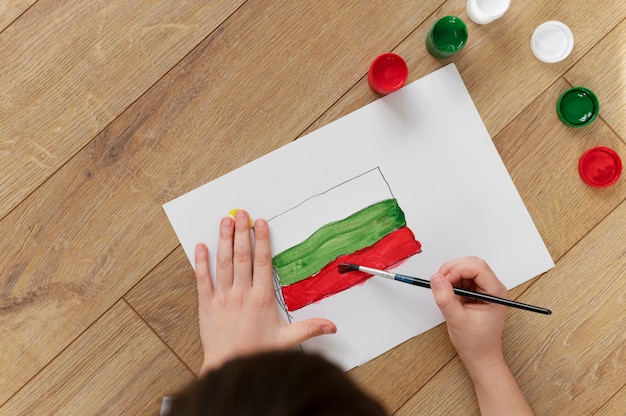Facts about the Trail of Tears

The Trail of Tears was a tragic chapter in American history.
It was a forced removal of Native American tribes from their ancestral lands.
The Cherokee Nation was the most affected by the Trail of Tears.
Thousands of Native Americans lost their lives during the journey.
The Trail of Tears began in 18
6. President Andrew Jackson signed the Indian Removal Act, leading to the Trail of Tears.
It was a violation of the Native Americans’ rights and sovereignty.
The forced march covered over 1,000 miles.
Native Americans were subjected to harsh conditions and mistreatment.
The Trail of Tears affected not only the Cherokee, but also the Choctaw, Chickasaw, Creek, and Seminole tribes.
The removal was driven by the desire for land and resources.
It disrupted Native American communities and tore families apart.
Many Native Americans died from exposure, disease, and starvation during the march.
The Trail of Tears represents a dark period in America’s treatment of indigenous peoples.
Despite the suffering, Native Americans showed resilience and strength during the Trail of Tears.
The forced removal had long-lasting effects on Native American culture and heritage.
Descendants of the survivors still commemorate the Trail of Tears today.
The Trail of Tears is a stark reminder of the injustices inflicted upon Native Americans.
It is important to remember and learn from the Trail of Tears to prevent similar atrocities from happening in the future.
Facts about the Trail of Tears part 2
The forced removal impacted Native American populations for generations.
The Trail of Tears marked a significant loss of Native American territory.
The government’s actions during the Trail of Tears were a betrayal of the treaties and agreements made with the tribes.
The forced removal of Native Americans was part of a broader pattern of colonial expansion.
The Trail of Tears stands as a testament to the resilience and endurance of Native American culture.
It is crucial to listen to and amplify Native American voices when discussing the Trail of Tears.
The Trail of Tears is a painful reminder of the erasure and marginalization of Native American history.
The legacy of the Trail of Tears continues to shape Native American communities today.
Learning about the Trail of Tears fosters empathy and promotes understanding of Native American experiences.
The Trail of Tears highlights the need for reparations and justice for Native American tribes.
Efforts have been made to preserve and commemorate the routes of the Trail of Tears.
The Trail of Tears serves as a call to action to protect indigenous rights and sovereignty.
The forced removal exacerbated tensions between Native Americans and non-Native settlers.
Many Native Americans who survived the Trail of Tears faced discrimination and marginalization in their new lands.
The Trail of Tears revealed the government’s disregard for Native American lives and well-being.
Native American tribes continue to seek recognition, justice, and healing from the trauma of the Trail of Tears.
The Trail of Tears is a reminder of the importance of acknowledging and addressing historical trauma.
Native American oral histories provide crucial insights into the experiences of the Trail of Tears.
The Trail of Tears sparked a movement for indigenous rights and activism.
It is essential for educational institutions to include accurate information about the Trail of Tears in their curricula.
The Trail of Tears is a haunting reminder of the violence and displacement inflicted by colonization.
Native American leaders and activists have played a crucial role in keeping the memory of the Trail of Tears alive.
The Trail of Tears prompted debates about the relationship between federal and tribal sovereignty.
The forced removal was part of a larger campaign to weaken and assimilate Native American communities.
The Trail of Tears reveals the ongoing struggle for Native American sovereignty and self-determination.
Remembering the Trail of Tears helps to counteract historical amnesia and promote a more inclusive understanding of American history.

